yeast

Inside the Microbial Jungle:
Tales from a Microbe Whisperer
Laura Tran, PhD | Dec 13, 2024 | 10 min read
Anne Madden sees the beauty and brawn of creepy-crawly microbes and how they may hold the solution to many human problems.
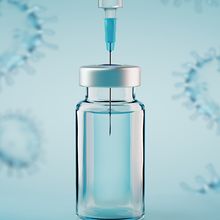
Engineered Yeast Brew a Vaccine Adjuvant
Sahana Sitaraman, PhD | Sep 3, 2024 | 3 min read
Ever since its discovery in the 1900s, the production of a potent vaccine adjuvant relied on the Chilean soapbark tree. Now, yeast can make the molecule.
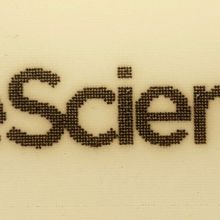
When Masterpieces Arise from Yeast
Laura Tran, PhD | Jun 17, 2024 | 6 min read
Jef Boeke and his team create intricate works of art on Petri dishes using a palette of yeast paints.
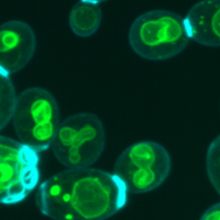
Yeast Made to Harvest Light Hint at Evolution’s Past
Kamal Nahas, PhD | Feb 21, 2024 | 6 min read
Scientists transferred light-harvesting proteins into yeast for the first time, shining a light on the past lives of eukaryotic cells.
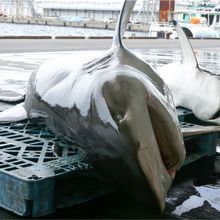
Researchers Make Alternatives to Shark-Sourced Vaccine Ingredient
Natalia Mesa, PhD | Feb 22, 2023 | 3 min read
Synthetic variations of squalene, which is used to boost immune responses, could make vaccines more effective while reducing fisheries for struggling sharks.

Novel Yeast-Assembly Technique Yields Living Materials
Natalia Mesa, PhD | Nov 23, 2022 | 3 min read
Researchers say structures made of the cells could potentially be used to clean up uranium from oceans, heal wounds, and more.
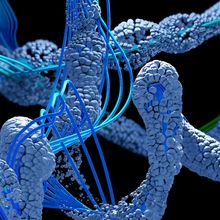
Fungal Cold Adaptation Linked to Protein Structure Changes: Study
Patience Asanga | Sep 20, 2022 | 4 min read
Environmental pressure seems to spawn changes in the intrinsically disordered regions of enzymes in polar yeasts, allowing them to adapt to extreme cold.

RNA Pioneer Christine Guthrie Dies at 77
Amanda Heidt | Sep 1, 2022 | 5 min read
Guthrie established foundational concepts in the field of pre-mRNA splicing during her career at the University of California, San Francisco.
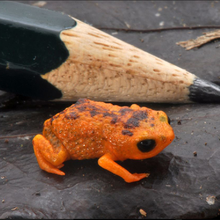
Caught on Camera
The Scientist | Aug 15, 2022 | 2 min read
See some of the coolest images recently featured by The Scientist
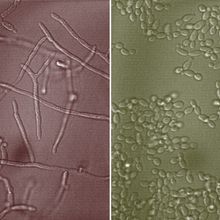
Science Snapshot: Taming the Fungus Amongus
Lisa Winter | Jun 8, 2022 | 1 min read
Human mucus contains glycans that could one day treat harmful Candida albicans infections.
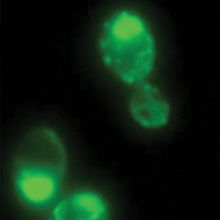
Protein Mediates Non-Genetic Inheritance of Growth Strategies
Catherine Offord | Jan 4, 2022 | 2 min read
An RNA-modifying enzyme passed to daughter cells during budding allows yeast cells to switch between faster- and slower-growing phenotypes.
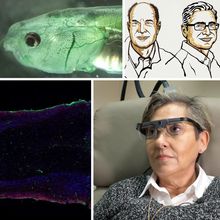
Our Favorite Neuroscience Stories of 2021
Chloe Tenn | Dec 29, 2021 | 4 min read
From a Nobel prize and photosynthesis-powered brains to neurodegeneration research and controversy over a new Alzheimer’s drug, a look back at some of the biggest brain-related developments of the year.
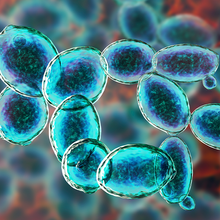
Harnessing the Power of Gene Editing for Protein Engineering
Inscripta | Nov 15, 2021 | 1 min read
Targeted, genome-wide CRISPR editing in yeast improves protein yield.
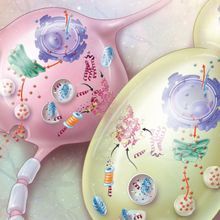
Infographic: Modeling Neurodegenerative Diseases with Yeast
Mahlon Collins | Oct 1, 2021 | 3 min read
Conservation of structures and functions between single-celled fungi and human cells allow researchers to probe the brain.
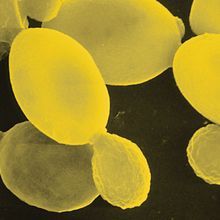
Yeast Models Provide New Insights into Neurodegenerative Diseases
Mahlon Collins | Oct 1, 2021 | 10+ min read
The single-celled fungus allows researchers to study Alzheimer’s, Parkinson’s, ALS and other brain diseases with unparalleled speed and scale.
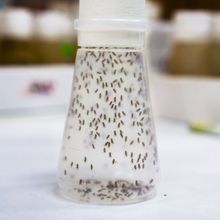
Accurate Protein Production Promotes Longevity
Ruth Williams | Sep 15, 2021 | 3 min read
Worms, flies, and yeast live longer if the fidelity of their protein-making machinery is improved, a study shows.
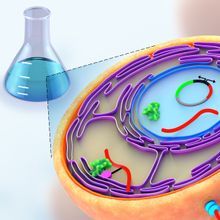
Infographic: A Yeast Model for Studying Histone Modifications
Amanda Heidt | Sep 1, 2021 | 1 min read
The methodology involves modifying histones and displaying them on the cell surface for analysis.
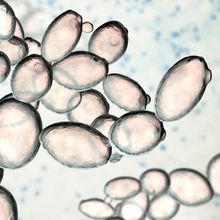
Yeast “Mini Labs” Help Researchers Probe Histone Modifications
Amanda Heidt | Sep 1, 2021 | 3 min read
By harnessing a unique property of yeast, scientists can synthesize histones and the enzymes that modify these proteins, which spool DNA and influence gene expression.
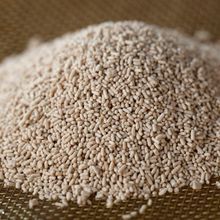
Engineered Yeast Robots Destroy Inflammatory Molecules in an IBD Mouse Model
Roni Dengler, PhD | Aug 16, 2021 | 3 min read
Scientists added a gene circuit that senses and neutralizes proinflammatory ATP to yeast, taking another step towards precision medicine.
